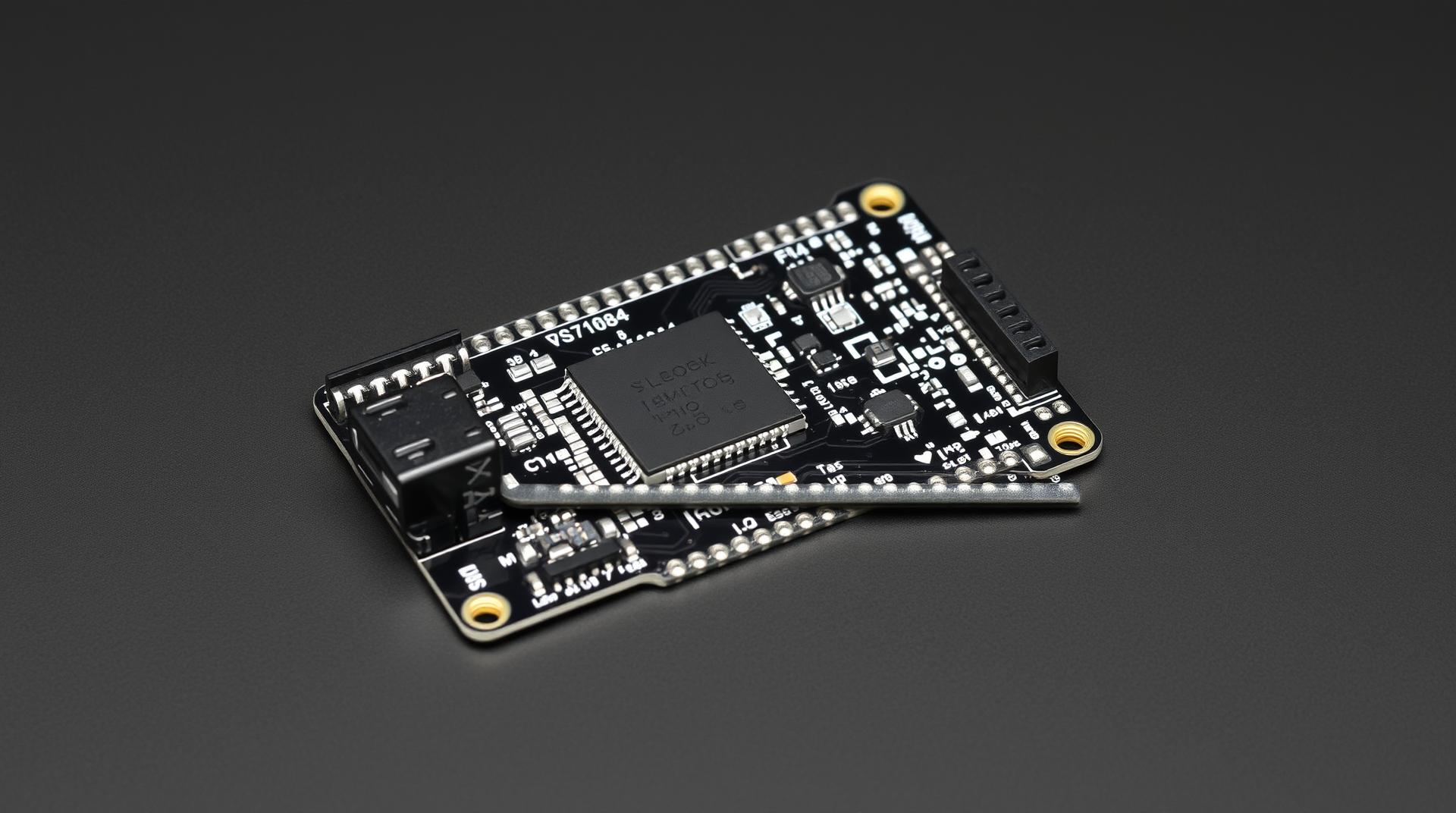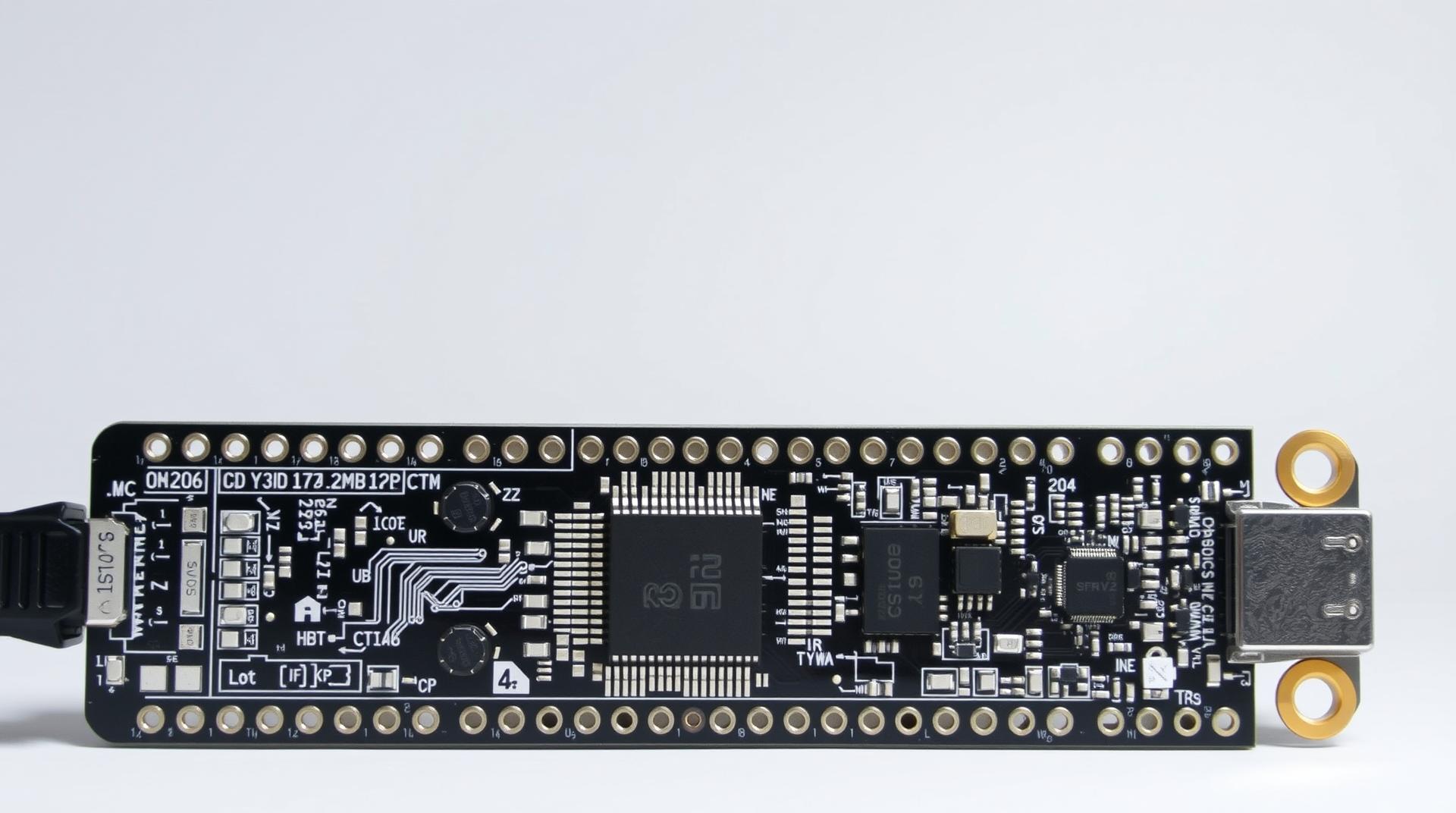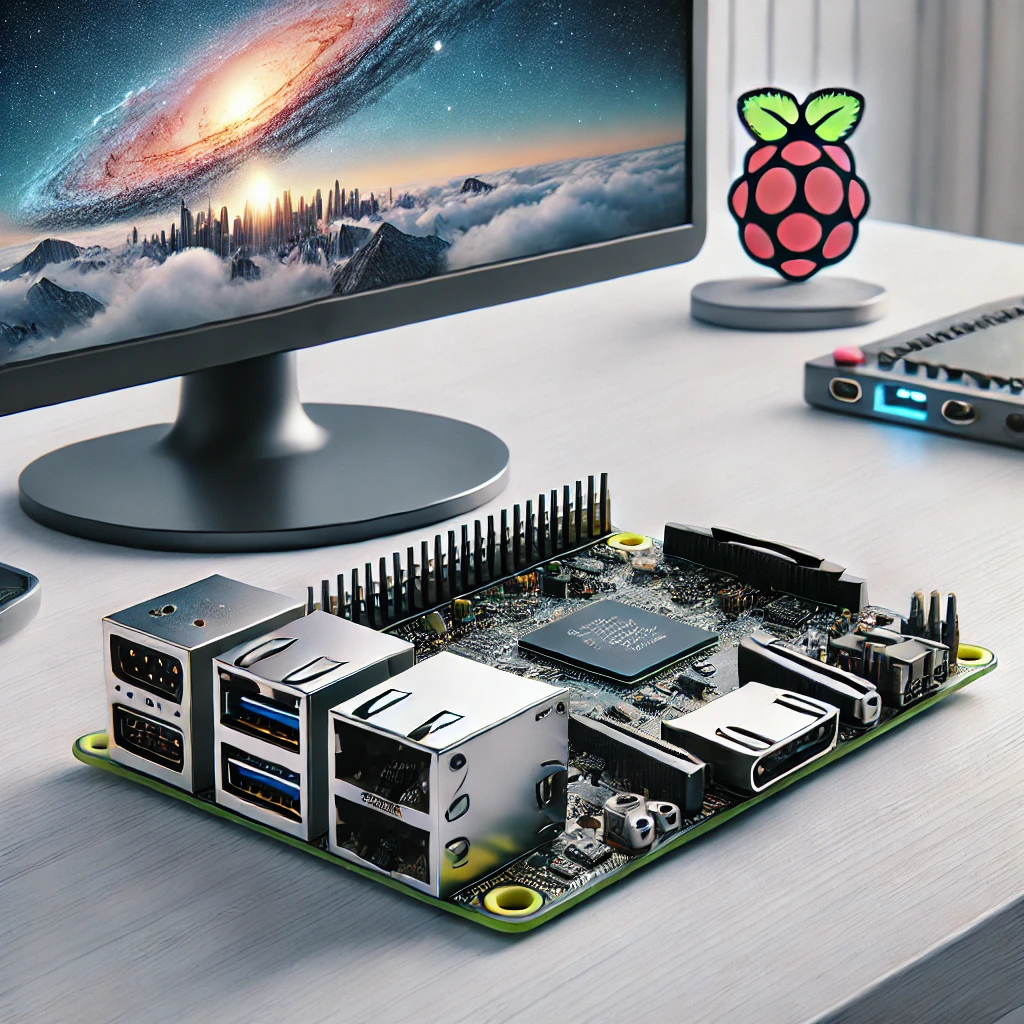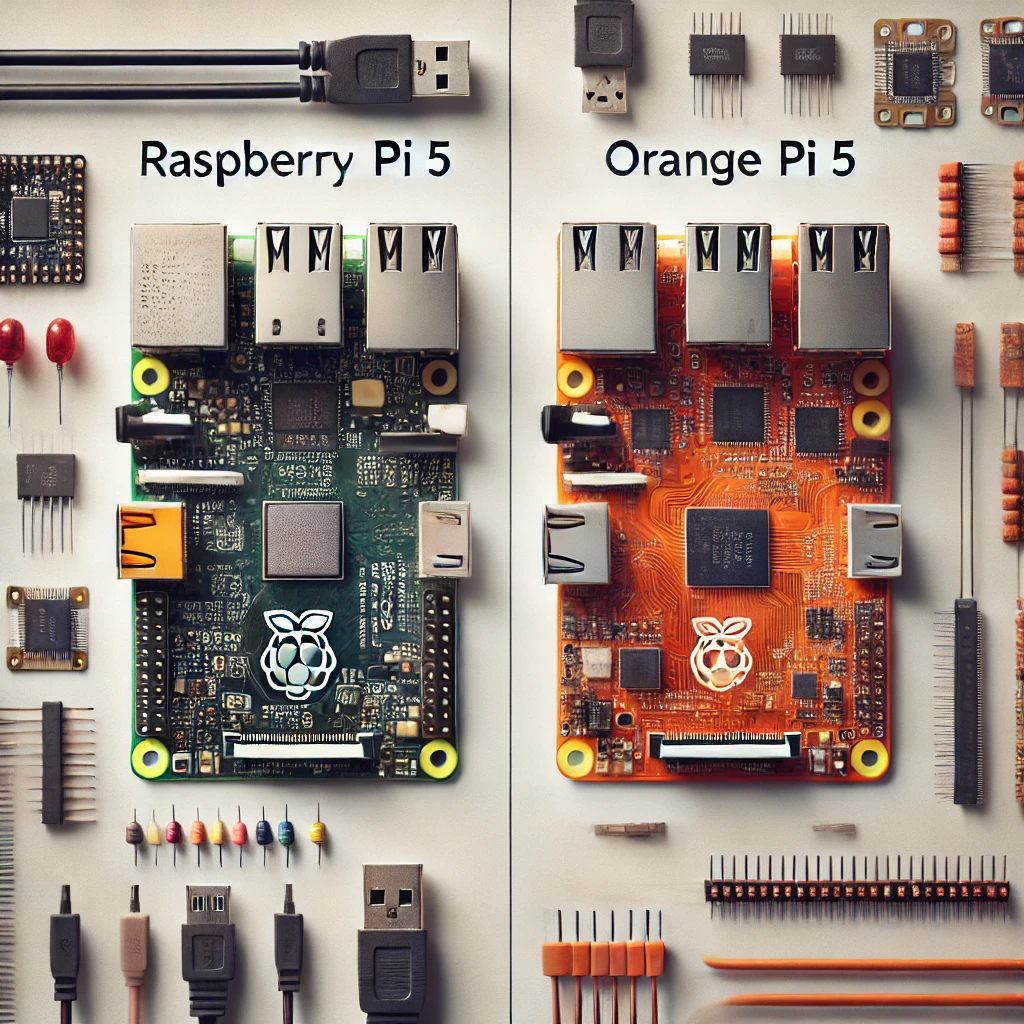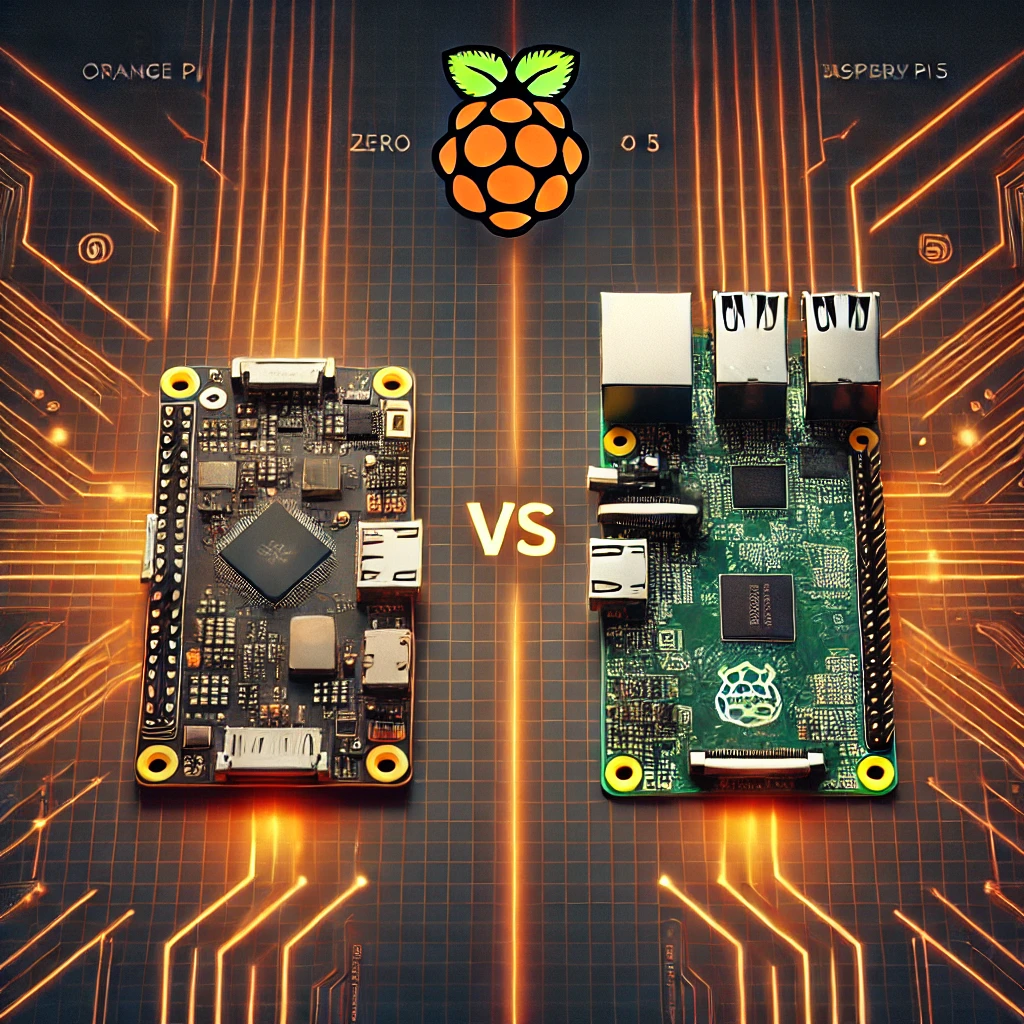Explore how the ESP32-C6 is revolutionizing IoT with Wi-Fi 6 and Bluetooth 5.0 support. Learn how its enhanced features, such as low power consumption, better range, and improved security, make it ideal for advanced IoT applications.
The ESP32-C6 is one of the most advanced SoCs in the ESP32 family, designed to offer Wi-Fi 6, Bluetooth 5.0, and IEEE 802.15.4 connectivity in a highly energy-efficient package. It is positioned as the future backbone for IoT devices that require low power, high throughput, and secure communication. As the IoT ecosystem evolves, the ESP32-C6 addresses some of the most critical needs, including increased device density, enhanced range, and reduced power consumption, making it a leading choice for smart homes, industrial IoT, and healthcare applications. This article delves into the technical specifications and applications of the ESP32-C6.
1. ESP32-C6 Specifications and Features
A. Wi-Fi 6 Support
The standout feature of the ESP32-C6 is its Wi-Fi 6 support. Wi-Fi 6 (802.11ax) offers several improvements over the previous generation, including:
- Higher Data Rates: With Wi-Fi 6, the ESP32-C6 can handle higher throughput, which is essential for applications like video streaming, high-speed data transfers, and real-time sensor data.
- Lower Latency: IoT applications that require real-time communication, such as smart home security systems or industrial control systems, benefit from Wi-Fi 6’s reduced latency.
- Improved Efficiency: Wi-Fi 6 introduces Target Wake Time (TWT), which allows the ESP32-C6 to schedule data transmissions, reducing the time the radio stays active and thereby extending battery life for IoT devices.
- Better Device Density Management: With Orthogonal Frequency-Division Multiple Access (OFDMA), Wi-Fi 6 can manage communication more efficiently with multiple devices, making the ESP32-C6 an ideal solution for environments where many devices are connected simultaneously, like smart cities.
B. Bluetooth 5.0
In addition to Wi-Fi 6, the ESP32-C6 supports Bluetooth 5.0, which includes:
- Improved Range and Speed: Bluetooth 5.0 offers 4x the range and 2x the speed of previous versions, enabling better communication over longer distances and faster data transfers for IoT applications like smart locks, wearables, and environmental sensors.
- LE Audio: Bluetooth 5.0 introduces LE Audio, enabling higher-quality audio streaming over Bluetooth Low Energy (BLE). This feature is essential for wearable tech and smart home speakers
C. IEEE 802.15.4 for Zigbee, Thread, and Matter
Another powerful feature of the ESP32-C6 is its support for IEEE 802.15.4, which enables it to integrate seamlessly with Zigbee, Thread, and the Matter protocol. These protocols are central to building mesh networks for smart homes, industrial systems, and energy management solutions.
D. Security Features
With the growing number of IoT devices, security is becoming a critical factor in system design. The ESP32-C6 includes several security enhancements, such as hardware cryptographic accelerators for AES, SHA, and RSA, enabling encrypted communication for secure data transmission. Additionally, secure boot ensures that only trusted firmware is executed on the device, protecting it from malware.
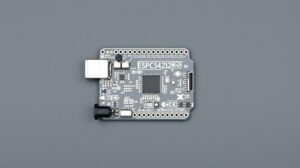
2. Applications of ESP32-C6 in IoT
A. Smart Home Devices
The ESP32-C6’s Wi-Fi 6 and Bluetooth 5.0 capabilities make it a perfect choice for powering smart home devices such as thermostats, smart lighting, and home security systems. The improved range and speed of Bluetooth 5.0 ensure seamless control, while Wi-Fi 6’s device density features allow more devices to coexist in a crowded smart home environment.
B. Healthcare Wearables
Wearable devices benefit greatly from the energy efficiency and long-range capabilities of both Wi-Fi 6 and Bluetooth 5.0. With its low power consumption and fast, reliable communication, the ESP32-C6 is an ideal chip for building fitness trackers, heart rate monitors, and fall detection systems.
C. Industrial IoT
In industrial settings, the ESP32-C6 can be deployed in predictive maintenance systems, asset tracking solutions, and automated manufacturing. Its support for Wi-Fi 6 ensures low-latency and high-speed data processing, while the ability to create mesh networks using Zigbee or Thread enables large-scale deployment of sensors and actuators across industrial environments.
D. Smart Cities
The ESP32-C6’s enhanced connectivity features make it an excellent choice for building smart city infrastructure. It can be used to power everything from traffic management systems to environmental monitoring stations. Wi-Fi 6’s support for high device density ensures that thousands of connected devices, such as cameras, air quality sensors, and traffic lights, can communicate seamlessly within a city’s IoT ecosystem.
3. ESP32-C6 and Matter: Building the Future of Interoperable IoT
With support for Matter, the ESP32-C6 positions itself as a key player in the drive for device interoperability across different brands and ecosystems. Matter is an open-source standard that allows IoT devices to communicate with each other, regardless of manufacturer. By supporting Matter, the ESP32-C6 ensures that IoT devices can work together in smart homes or commercial environments, providing consumers with greater flexibility and ease of use when managing connected devices
All in all, the ESP32-C6 is a groundbreaking SoC that provides a perfect blend of Wi-Fi 6, Bluetooth 5.0, and IEEE 802.15.4 connectivity, making it ideal for a wide range of IoT applications. Its support for the Matter protocol ensures that future devices will be interoperable across ecosystems, while its energy efficiency, enhanced range, and robust security features make it a leading choice for developers working on next-generation IoT devices. Whether in smart homes, industrial IoT, or healthcare, the ESP32-C6 is poised to be a cornerstone of the future IoT landscape.

